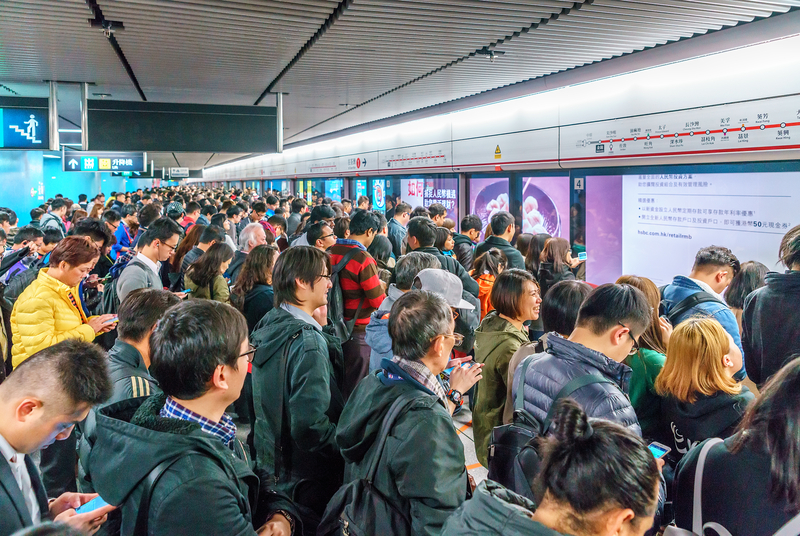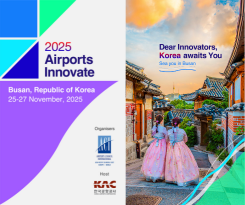
Hong Kong tests AI to ease travel disruption
22 June 2025
by William Thorpe
Hong Kong’s principal railway operator has introduced a ridership prediction model that simulates and predicts passenger distribution and travel demand in the territory.
“It is quite an unprecedented way of doing operations planning and is particularly useful when there is a sudden event that might disrupt normal operations,” said May Tso, Senior Technology Development Manager at MTR Corporation Limited.
Speaking on a panel discussion – at the UITP Summit in Hamburg – that focused on optimising public transport resilience, Tso outlined the attributes of the model for delegates and the drivers behind its launch.
“The model’s capability covers routing decisions such as travel needs on a weekday commute or at the weekend, as well as the travel behaviours of different age groups such as students and the elderly,” she said.
How cities manage disruptions, passenger flows, and information delivery can vary, and Tso explained how MTR had strategically collaborated with a local university in Hong Kong to successfully convert years of research, experience and efforts from the university into real life railway application.
“Operators in our central traffic control centre routinely monitor the traffic around Hong Kong. But, in cases of any kind of service disruption, they need to stop what they’re doing and focus on the incident that has caused the disruption,” she said. “For example, they might communicate with the train crew about what’s going on in the network. And they will probably have to dispense manpower to crowd management and resources planning. Most of all, they might have to talk to the engineers to talk about the service recovery.”
She added: “As a railway operator, we wanted to know what technologies and solutions were available that could help our operators. And this is how our ridership prediction model came into being.”
The model simulates passenger distribution and travel demand, serving as a digital twin of the city’s public transportation infrastructure. It includes data from government surveys and machine learning trained on over one billion transactions, maintaining an accuracy of within 10 percent.
“If we look at the words literally, it’s essentially a tool that can tell our operators the distribution of passengers across the network at any given period of time and how passengers are behaving.”
Tso said the patented model aids in resource planning, crowd management, and service recovery during disruptions.
“This model is capable of predicting passengers’ travel demand – not only on the metro but also on trams, buses, mini busses, and also the ferries in Victoria Harbour.”
Image: Blissss | Dreamstime.com






